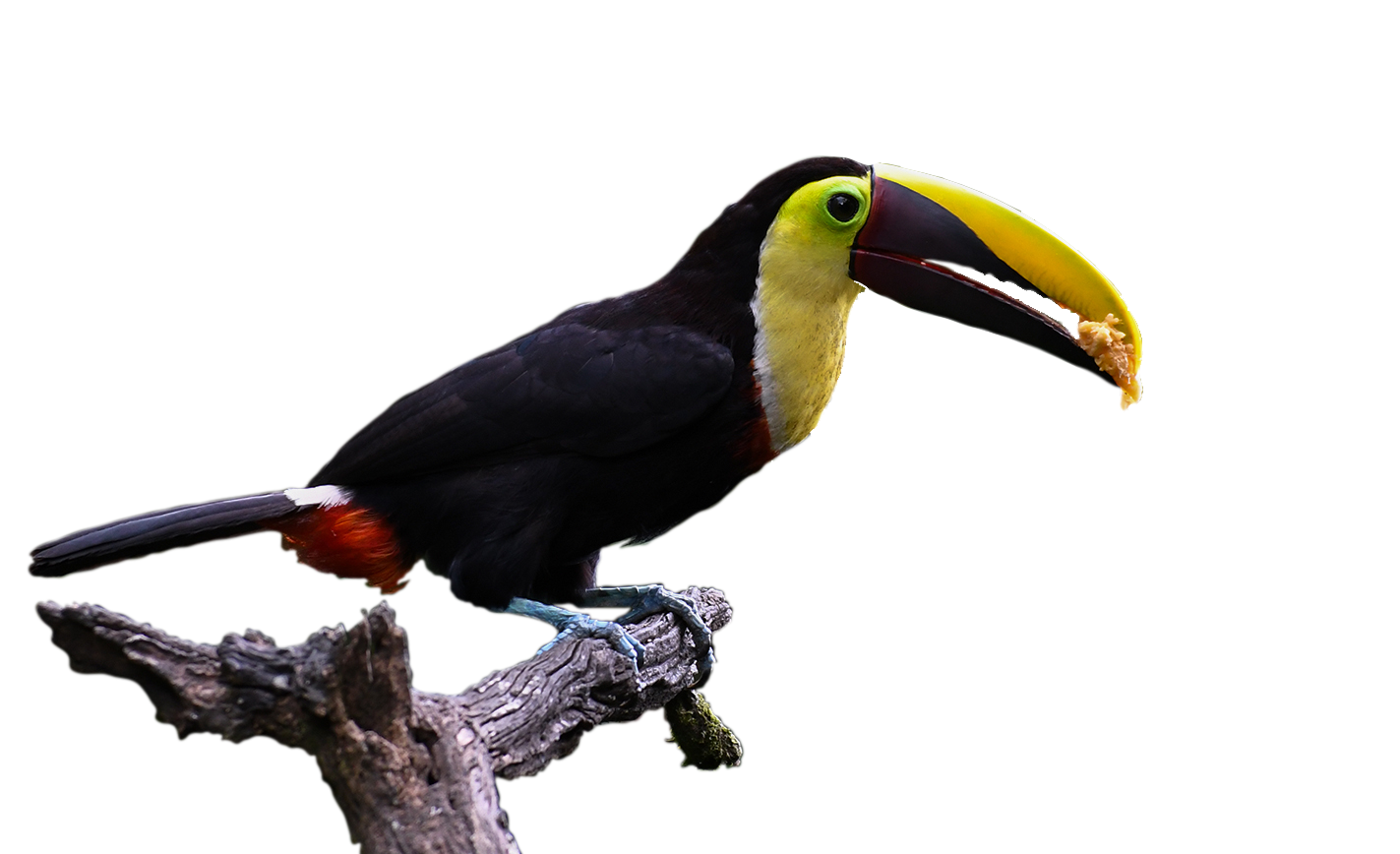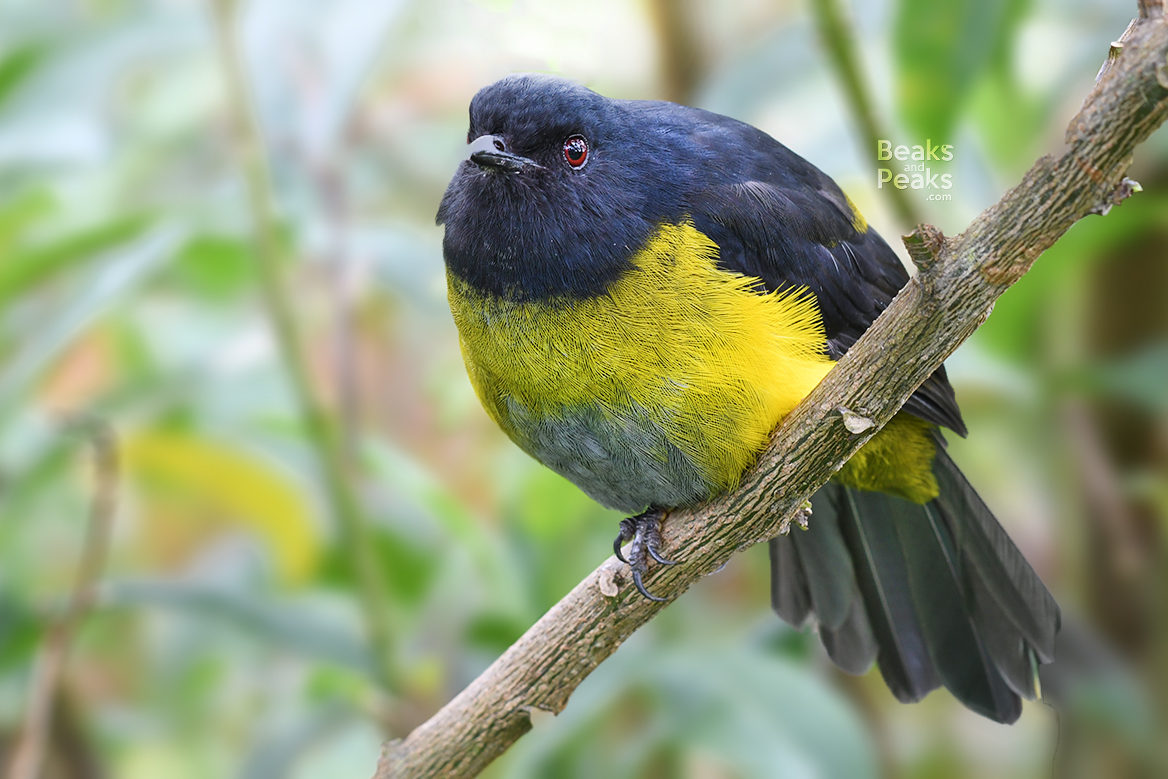Costa Rica

geography
biodiversity
climate
Culture
Costa Rica has around 5 millions inhabitants, this represent 0.07% of the world’s population.
best time for birding
End of September to mid May.
recommended bird guides/apps
Books:
Birds of Central America by Andrew C. Vallely & Dale Dyer
Peterson Field Guide to the Birds of Northern Central America by Jesse Fagan & Oliver Komar (also available as eBook / pdf)
A Guide of the Books of Costa Rica by Alexander F. Skutch and Dana Gardner
Apps:
Merlin by Cornell Lab of Ornithology (download Honduras package)
eBird by Cornell Lab of Ornithology
Money
1 USD = 0.0016 CRC
1 EUR = 737.27 CRC
1 GBP = 852.83 CRC
Most bigger towns and cities have ATM’s that will work with VISA or Mastercard. You can also easily exchange US dollars at the airport upon arrival (not euros nor pounds, though). Most hotels accept credit cards.
Tipping
Tipping is never compulsory on any of our tours, but many visitors do choose to tip guides, drivers, and other ground staff, especially if they feel they have worked hard and done a good job, and we get many questions about what would be an appropriate amount, so we have tried to figure out some guidelines. Again, this is entirely up to your discretion, and we mention this merely for your information and in answer to questions we regularly receive from our clients.
Restaurants: 2-3USD/meal
Hotels: 5USD/room/day
Luggage porters: 1USD/bag
Local guide: 5-10USD/p/day
Drivers: 5USD/p/day
Tour guide/leader: 15-20USD/p/day
Health & hygiene

